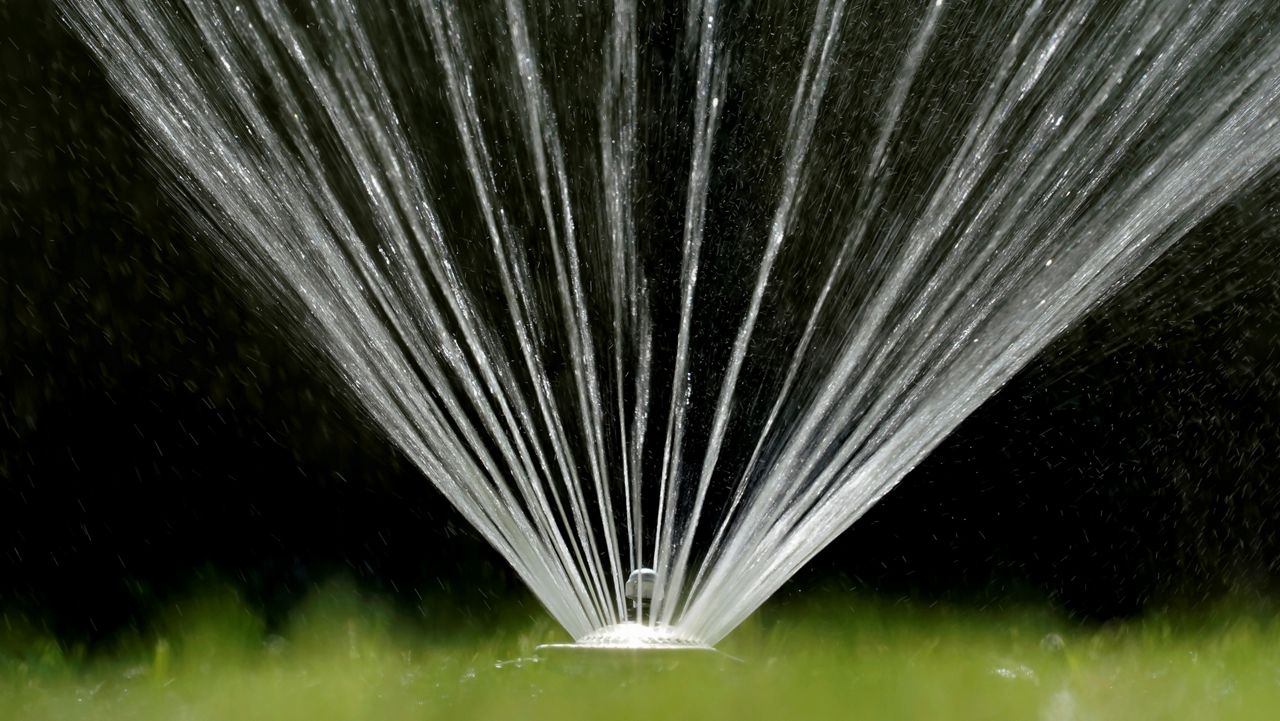SACRAMENTO — The majority of California’s urban water suppliers will be able to meet consumer demand through next June, according to a new report from the state’s Department of Water Resources.
Released Monday, the agency’s first-ever report on annual water demand and supply found that 338 of 414 urban water suppliers, including those that serve the Los Angeles Department of Water and Power, anticipate no annual shortage with continued conservation.
“Dry times create a lot of stress for a lot of communities across California,” said Arthur Hinojosa, manager of the agency’s division of regional assistance. “We saw that in the last drought in the last decade, and as a result of some of the lessons we learned, preparation and planning [are] vital to being able to address some of the issues that we face when water supplies are low.”
The Metropolitan Water District, which supplies water to the Los Angeles Department of Water and Power, is among the agencies reporting that the conservation measures imposed over the summer are expected to be sufficient through June 30. Just three urban water suppliers said they anticipate shortages even with conversation, including two in Ventura County. Moorpark projects a 4% shortage. Simi Valley projects a 6% shortage.
The report found that 73 urban water agencies said they expect to fully address any shortage with even stronger conservation measures.
The top conservation measures deployed by water suppliers they say will continue through next year include limiting landscape irrigation to specific days and times, requiring customers to repair leaks in a timely manner, expanding public information campaigns, restricting runoff from landscape irrigation and prohibiting the use of potable water for washing hard surfaces.
The Department of Water Resources conducted the supply and demand survey as a result of the 2018 Making Water Conservation a Way of Life legislation, which requires urban water districts to assess their water supplies annually starting in 2022. This year’s findings will be used as a baseline to determine if local water agencies are accurately summarizing supply and demand as the state works to prepare for current and future droughts.
The average California household uses about 130 gallons of water per day, per person, both indoors and outdoors, according to the Department of Water Resources. The state has a goal of reducing indoor per-person water use to 42 gallons per day by 2030, indicating there is still a lot more individuals can do to reduce their water use, particularly outdoors, Hinojosa said.
The DWR report comes four months after the nation’s largest reservoir, Lake Mead, fell to a historic low of 27% in July. The reservoir is supplied almost entirely by snowmelt from the Rocky Mountains, feeding into the Colorado River that in turn fills Lake Mead.
Following several years of drought, the U.S. Department of the Interior declared the first-ever shortage for the Colorado River Basin in August 2021. The river’s aqueduct supplies 25% of Southern California’s water. Millions of people living in California and six other states rely on water from Lake Mead, which has been dropping annually for 22 years.
In June, the U.S. Bureau of Reclamation, which manages the Colorado River basin, sent an emergency request to the many states that rely upon the river to reduce their water usage by as many as 4 million acre-feet through the end of 2023.
Earlier this month, LADWP reported its customers had collectively saved almost six billion gallons of water between June and September compared with the same period in 2021. LADWP customers used 9% less water in June, 11% less water in July and 10% less in August, following so-called Tier 3 watering restrictions that took effect June 1.
Under those restrictions, customers were required to reduce the number of days they watered outdoor plants from three to two, and to limit watering to eight minutes per station per watering day. The utility also recommended using pool covers to prevent water evaporation and to wash vehicles at commercial car washes that recycle water.



